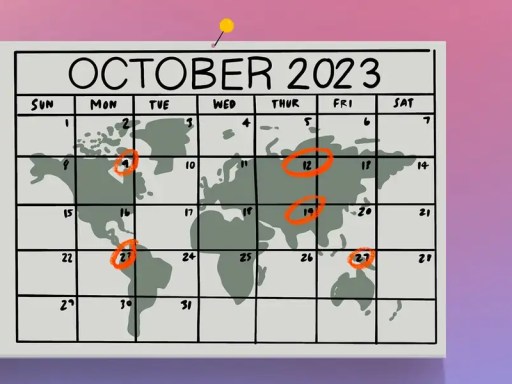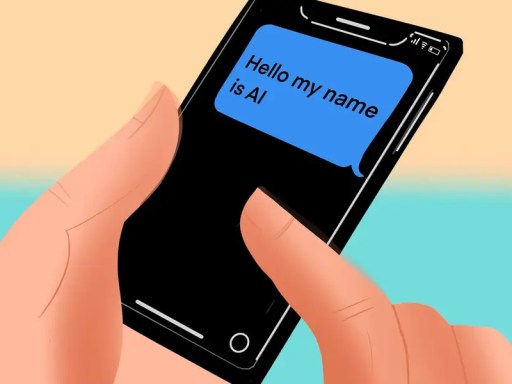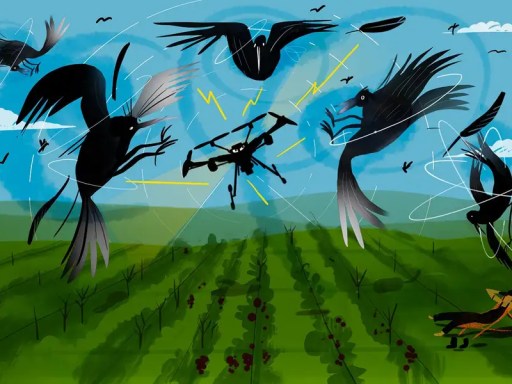This week’s Feedback column (that I write) in New Scientist magazine has four segments. Here are bits of each of them: Corporate determinism — Nominative determinism occurs not just to people, but also to companies. This is evident from an Associated Press report about a lawsuit aimed at a firm named Chopt Creative Salad Company: “The lawsuit filed […]
Tag: AI
Fast Sloth, Spammed History, God and AI, Ambiguity Weary
This week’s Feedback column (that I write) in New Scientist magazine has three segments. Here are bits of each of them: Too fast, too furious — The Fast & Furious action movies now have a companion in the world of animal study. A team of biologists videoed a furious and fast – well, relatively fast – incident, which they […]
Double Standards Days / Non-AI Sheep-counting / Science vs. Judiciary Laws
This week’s Feedback column (that I write) in New Scientist magazine has four segments. Here are bits of each of them: Double standards— World Standards Day 2023 will arrive soon, two days after it arrives. As Feedback noted last year (17 September 2022), having double Standards Days is standard behaviour. This year, most of the world will officially celebrate […]
Al’s AI ailment, Tooth charcoal, Orthodontist and Éclairs, Lambe to slaughter
This week’s Feedback column (that I write) in New Scientist magazine has four segments. Here are bits of each of them: Al’s AI ailment — AI spells trouble for all the Alanas, Alannas, Alannahs, Alainnas, Alans, Alains, Allans, Allens, Alens, Alins, Aluns and other persons whose names begin with the letter pair “A then L” or the pair […]
Multi-frightening birds; Two more trivial superpowers; AI sheep-counting
This week’s Feedback column (that I write) in New Scientist magazine has four segments. Here are bits of each of them: Multi-scare the birds — …Their report advises that: “At present, there is no bird control technique that provides maximum protection for crops, so it is recommended to use a combination of scaring methods at the same […]
AI and the Duck / Rabbit illusion [an improbable experiment]
The first (documented) version of the famous ‘Duck-Rabbit’ illusion is an unattributed drawing from the 23 October 1892 issue of the German Humour Magazine Fliegende Blätter, Since 1892, many thousands of people have struggled to decide whether the image is a duck or a rabbit. Results are about 50/50, with viewers seeing either a duck […]
Dead Salmon Spirit: Can You Not Tell Cats from Covid-19?
[NOTE: The paper was retracted, as described below—here is an updated link to a copy of it.] In the spirit of the Ig Nobel Prize-winning dead salmon study (and subsequent studies that went looking for fishy things) comes this new study about Covid-19, cat images, and some limitations of technology: “Can Your AI Differentiate Cats […]
Is This True? “The Liar’s Walk—Detecting Deception with Gait and Gesture”
A new study about walking and liars and computers is bountiful for teachers who want their students to decide whether to believe bold claims. See if you can count the bold claims made in the study. “The Liar’s Walk—Detecting Deception with Gait and Gesture,” Tanmay Randhavane, Uttaran Bhattacharya, Kyra Kapsaskis, Kurt Gray, Aniket Bera, Dinesh […]
Automatic Speech Balloon Detection and Segmentation for Comic Books
You might find that reading comic books is complex and confusing, if you are a machine. If both of those ifs afflict you, you might seek relief by reading this new study: “Deep CNN-based Speech Balloon Detection and Segmentation for Comic Books,” David Dubray, Jochen Laubrock, arXiv:1902.08137v1, 2019. (Thanks to Mason Porter for bringing this […]
Computer-Learning-Driven Exercise Suggestions During Meetings
Yet another possible great advance in humanity’s pursuit of both artificial intelligence and meetings: “Machine learned optimizing of health activity for participants during meeting times,” US patent application 20180116599A1, Paul R. Bastide, Filiz Isabell Kiral-Kornek, Dwarikanath Mahapatra, Susmita Saha, Arun Vishwanath, and Stefan von Cavallar, filed November 2, 2016, rights assigned to International Business Machines […]




